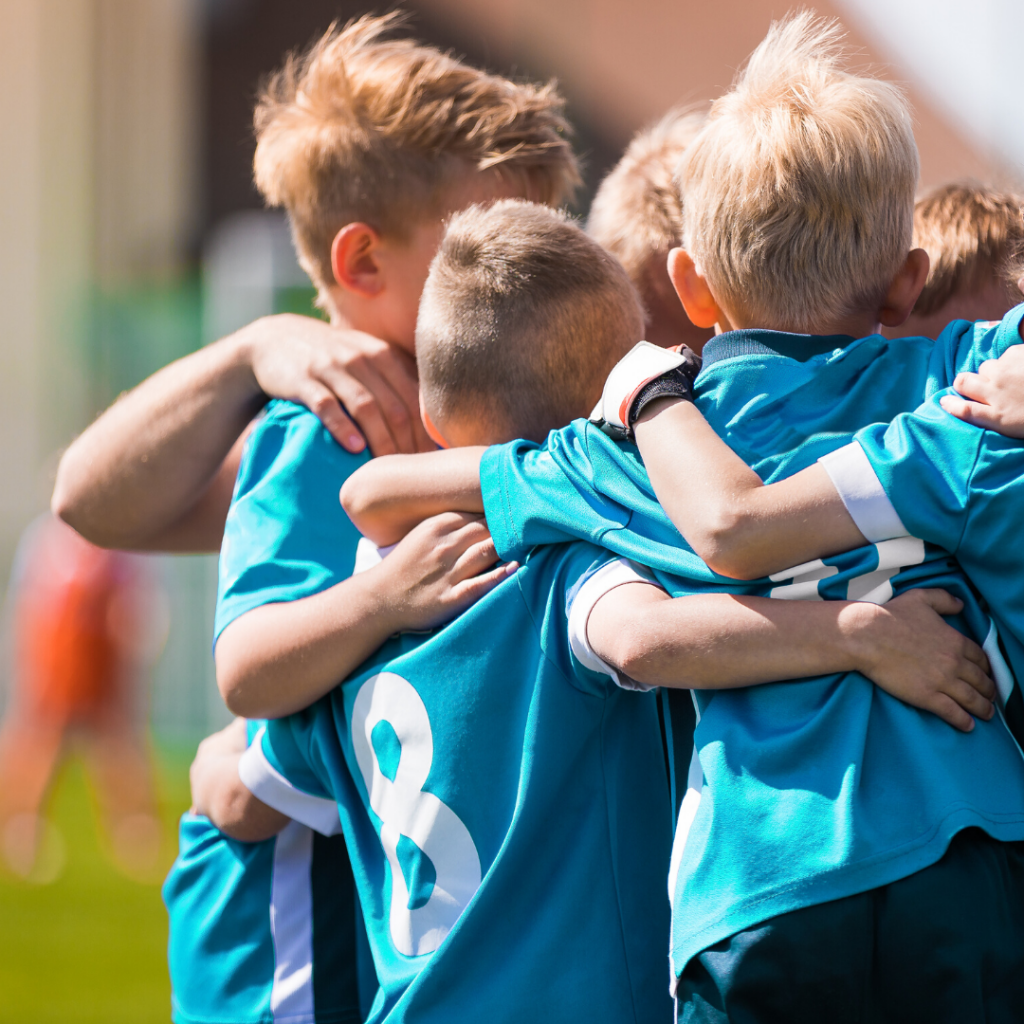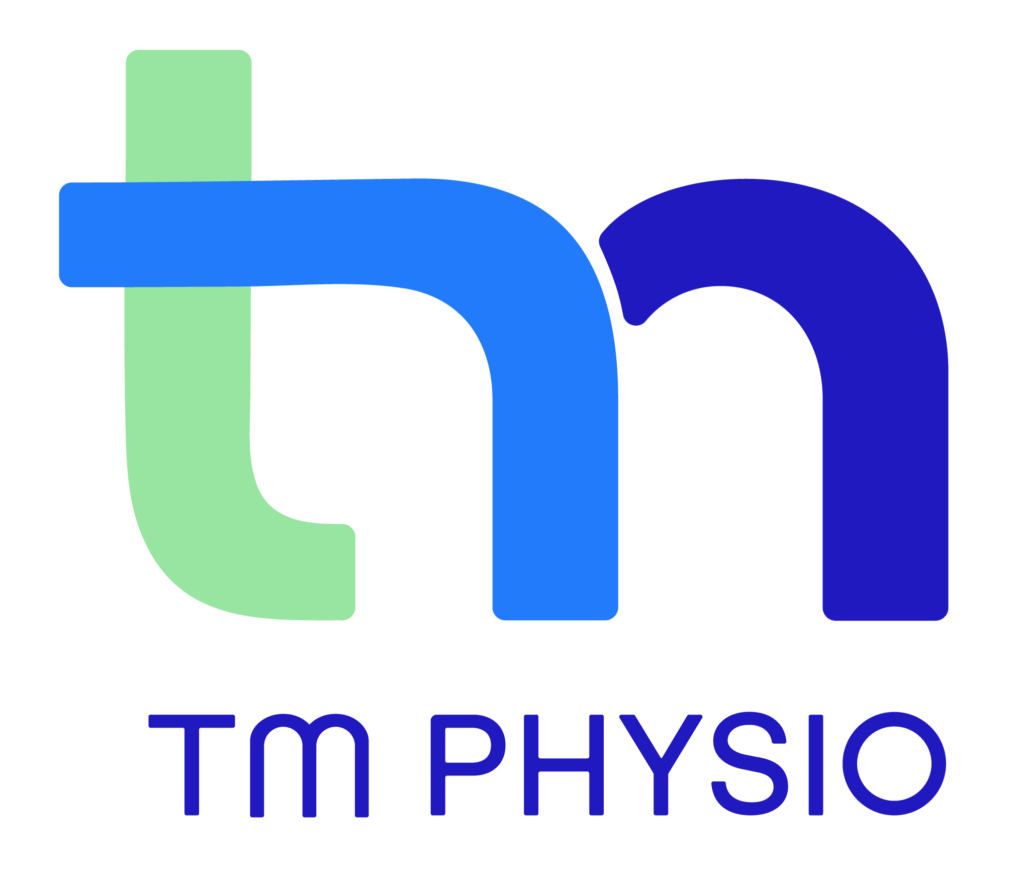After many months in lock-down and isolation, things are starting to open up again, including returning to sport both social and competitive.
For the diligent few we have been keeping fit despite closures to gyms and regular team training. We may have done more running, walking, cycling and hiking to keep up the general fitness. These forms of exercise are great, but are a far cry from replicating the demands of team sports. So it’s important we take our time and ease ourselves back into the intensity, speed, agility and contact to avoid unnecessary injury.
If we take our time, ease into training and competition we would expect to see a reduction in common injuries sustained to our knees, ankles, hip, groin and hamstrings etc.

Here Are A Few Things To Consider When Returning To Sport!
Our skills and technique drops off with increased intensity and fatigue.
What we can do when we are fresh and well-warmed up is quite a lot different to when we have done repeated maximal efforts and are heavily fatigued. Try and tie your shoe-laces after running 400 metres flat out… It’s hard!!
This may mean when we go to pivot, bend and change direction our footwork isn’t as soft and subtle as it usually would be. This may mean not only reduced performance in terms of getting around your opponents but also reduced stability through our ankle, knee and hip when we are performing at these high intensities. Changing direction is an important skill to master, and this includes when we are under a state of fatigue.
Repeated high intensity bursts increase the risk of common muscle strains and tears.
Repeated and fatiguing high intensity bursts simply may be too much for an under-prepared muscle. When the load and demand of activity begins to exceed our capacity, this is where we can get strains and muscle tears.
For example, when we run our hamstring performs 2.5-4.5 x our body-weight of force. When we sprint, the hamstring can commonly provide upwards of 9x our body-weight in force. This highlights just how different the demands are from when we go from a run to a sprint!
Opposition and a busy surrounding environment reduces execution of a skill and decision making.
Once again when we look at the ability of a person to change direction, pivot, stop, accelerate, these are all impaired when we find ourselves having to react to the opposition. As such we may experience an increase in those pivoting and twisting injuries to the ankle and knee if we have not adequately practiced with opposition.
Being Comfortable With Contact.
In sports such as Rugby, most concussions happen to the tackler. Particularly for Rugby and other tackling sports, it’s important we practice our technique to reduce head impacts. Getting use to contact isn’t only good for reducing head knocks, but also when you are contesting for position or in flight for the ball. The steadier we are through our feet and trunk when receiving a knock means we are more likely to get that rebound, fend off a tackler as well as avoid rolled ankles and other similar injuries.

So What Can You Do To Best Prepare For Your Return To Sport?
Work on repeated high-intensity.
Example: This can be as easy as performing 20 metre run throughs with 30 second rest after each, repeating this 8-10 times.
Gradually build up speed from 50% ensuring you feel comfortable during and after the session. Pulling up tight and tender is a sign we have come close to our capacity.
Work on agility.
Example: set-up some cones or markers on a field and make a course that has a stop, acceleration, a 180 degree turn left, a 180 degree turn right, a 90 degree turn left, a 90 degree turn right. It’s important you work on your control and quality of movement and slowly increase your speed
Work on contact.
Example: This is where you’d need to get a partner. You can work on shoulder bumps whilst standing, running, jumping. Getting used to tackling and being tackled. Taking a bump from the side while trying to pick a ball-up from the ground. These are all ideas and is important to be specific to your sport whether it be Netball or Rugby.
Work on reactivity and sense of opposition.
Example: Something simple for AFL may be a game of markers up, small-sided games. It can also be two players chasing/contesting after a bouncing ball, having to use your body and feet to block an opponent from getting past in a small marked off area. These are all drills that get you thinking, reacting and moving with an opponent near-by.
Practice in a mock game scenario.
Nothing can truly replace the demands as you would do in a mock game or even a small-sided game. It’s important to practice all the skills and demands of the sport as listed above. Any areas that need improvement it’s important that you then work on those specifically.

These are all great things you can start with, so by the time team-training and the social/competitive season starts your ready to hit the ground running and have reduced the chance of ending up on the sideline with an injury.
If we take our time, ease into training and competition we would expect to see a reduction in common injuries sustained to our knees, ankles, hip, groin and hamstrings. All the advice above is intended to be general in nature and not specific for any sport or person. If you require any help, want to know more or wanting to reduce your risk of injury or come back from an injury, give us a call at TM Physio or make a booking online.


